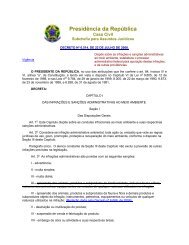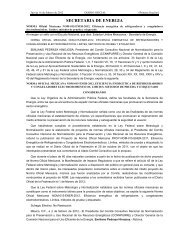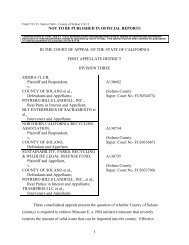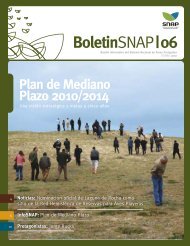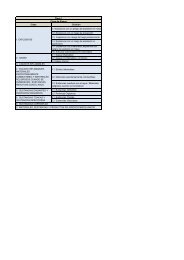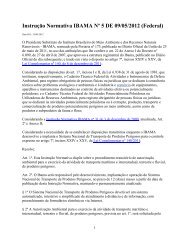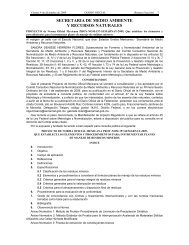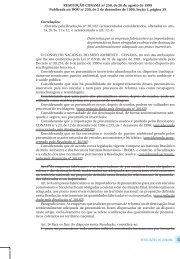OceAn science OceAn science OceAn science
OceAn science OceAn science OceAn science
OceAn science OceAn science OceAn science
Create successful ePaper yourself
Turn your PDF publications into a flip-book with our unique Google optimized e-Paper software.
Necessary Tools<br />
A system is needed to record illness data due to pathogens, biotoxins, and chemical pollutants.<br />
Integral to this system is expanded environmental monitoring and infrastructure.<br />
Such a system would require collection of human and animal health data and relevant<br />
environmental data (via remote, moored, and mobile platforms and sensors as part of an<br />
integrated ocean-observing system), coupled with new data integration and interpretation<br />
capabilities, and rapid data-communication plans. Once in place, the system could serve<br />
to monitor and predict ocean conditions that place people and other animals at risk or<br />
that may be favorable to human health.<br />
Sensors capable of detecting biological and chemical parameters, such as microbial<br />
species and densities, and toxin and contaminant identifications and concentrations must<br />
be enhanced or developed. Remote sensing of ecological changes and real-time, high-frequency<br />
(temporal and spatial), in situ monitoring combined with modeling efforts (statistical-empirical<br />
and mechanistic) are necessary to inform understanding of ecosystems<br />
and to track and predict outbreaks and other impacts. Designing advanced sensors for<br />
hostile and extreme environments will enable more extensive ocean exploration. Developing,<br />
enhancing, and applying new methods and tools at shore-based marine laboratories<br />
and other facilities with specialized instrumentation (e.g., for large-scale gene sequencing)<br />
and computational resources in areas such as genomics, proteomics, and bioinformatics<br />
will expand surveying and screening capabilities. Improved coordination of federal and<br />
state data systems is needed for toxic algal-bloom monitoring, pathogen-source tracking,<br />
marine-disease surveillance, and medical-illness reporting, and in the design and development<br />
of a national database of monitoring and screening methodologies.<br />
Many of the research efforts require interaction between oceanography and other<br />
disciplines, such as biomedicine and public health, to provide a broader understanding<br />
of the issues and to communicate the results of this research to support effective<br />
decision-making.<br />
44




